On October 22, the Ministry of Agriculture and Environment held a conference to announce the Project "Production of emission reduction in the crop sector for the period 2025-2035, vision to 2050" and consult on the draft Action Plan to implement the project. The event to announce the action plan marked a step to concretize Vietnam's commitment in the Nationally Determined Contribution (NDC), demonstrating the determination of the agricultural sector in achieving the target of reducing greenhouse gas emissions by 30% by 2030, towards green, circular and responsible agriculture for the global environment.
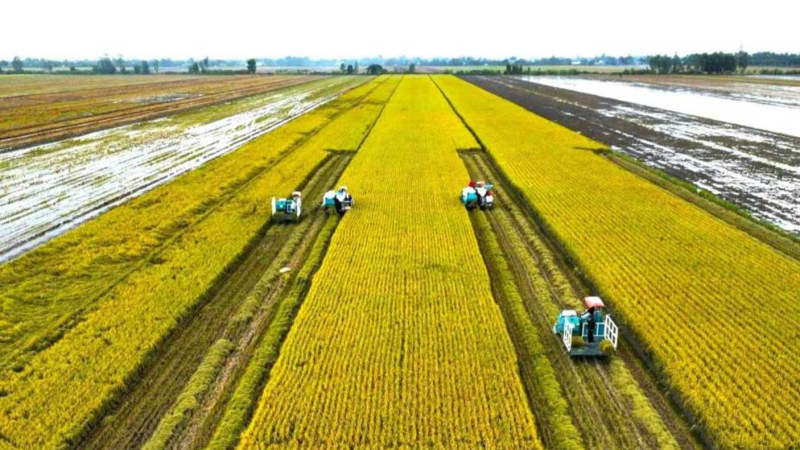
According to Mr. Huynh Tan Dat, Director of the Department of Crop Production and Plant Protection, the project is an important legal basis for the crop production and plant protection sector to synchronously implement goals and tasks in the period 2025-2030, with a vision to 2050. Regarding the project's goals, with a vision to 2050, 100% of the area of key crops will apply technical cultivation processes towards reducing emissions. In addition, a digital database on emissions in crop production will be built, integrated with the national monitoring system; and the "Low Emission" label will be built and popularized for key agricultural products. The crop production sector aims to contribute to reducing greenhouse gas emissions by at least 15% by 2035 compared to the baseline year 2020.
At the local level, each province and city will deploy at least 1-2 replicable emission-reducing crop production models, piloting at least 15 farming models eligible for carbon credit development. The emission data system will be synchronized with the National Registration System. The sector will train at least 3,000 technical staff, agricultural extension officers, farmers and businesses; develop at least 5 sets of communication materials to raise awareness and change production behavior towards low emissions.
Sharing at the Dong Thap province bridge, Mr. Le Chi Thien, Deputy Director of the Department of Agriculture and Environment of Dong Thap shared that recently, Dong Thap has pioneered the implementation of 21 models of high-quality rice production to reduce emissions, helping to reduce 20-30% of irrigation water, save 15% of costs and significantly reduce the amount of methane gas emitted into the environment. People and cooperatives in the province also take advantage of rice husks to produce biogas, use by-products as organic fertilizer, towards a circular and effective agriculture. In particular, the province has coordinated with international organizations to develop ecological rice models and convert ineffective areas to emission-reducing production models.
However, according to Mr. Le Chi Thien, local emission reduction production institutes still face many challenges such as lack of investment resources, business incentive mechanisms, green credit policies or specific technical instructions for each group of crops.
Representatives of Dong Thap province hope that the Ministry of Agriculture and Environment will soon have a mechanism to prioritize capital to support localities, issue standard procedures on emission-reducing farming techniques, develop a soil-water monitoring system for precision farming and build a pilot carbon credit mechanism. On the local side, Dong Thap identified 5 key groups of solutions: farming innovation, recycling agricultural by-products, applying digital transformation in emission measurement, developing a circular economy and converting inefficient land to a model of rice cultivation to reduce emissions. Each commune and ward in the province will build at least one green or circular agricultural model. Not only is it a professional task, actively participating in the project also demonstrates Dong Thap's determination in transforming from traditional production to green, sustainable production.
Representing Tay Ninh province, Ms. Dinh Thi Phuong Khanh, Deputy Director of the Department of Agriculture and Environment, proposed that in order for localities to soon and effectively implement the assigned tasks within the framework of the Project, the Ministry of Agriculture and Environment should soon develop a set of criteria for crop conversion. In which, clearly determine the level of emission reduction of each crop after conversion, creating a scientific and practical basis for selecting the type of crop suitable for the cultivation conditions and emission reduction requirements.
Ms. Dinh Thi Phuong Khanh emphasized that for Tay Ninh, the locality with the largest cassava growing area in the country, with about 60,000 hectares and an output of over 2 million tons per year, reducing emissions in cassava production is an urgent task. According to Ms. Khanh, Tay Ninh is coordinating with the Ministry of Agriculture and Environment to implement a circular farming project on cassava. Therefore, Tay Ninh province also registered to participate in the low-emission cassava growing model in the Project, as a model for other localities with cassava growing areas to learn from.
Commenting at the conference, Dr. Cao Duc Phat, former Minister of Agriculture and Rural Development (now the Ministry of Agriculture and Environment), Chairman of the Board of Directors of the Community Fund for Natural Disaster Prevention, said that in order for the transition to emission-reducing cultivation to be effective and sustainable, two major groups of solutions need to be added. First of all, it is necessary to adjust agricultural infrastructure to meet the new requirements of green production, especially the irrigation system for rice.
“To reduce emissions, the irrigation system must be invested synchronously, because only when water is drained in a timely manner can low-emission farming techniques be implemented,” the former Minister of Agriculture and Rural Development emphasized. In addition, there is a plan to mobilize resources for the transformation on a national scale, because if we only rely on the budget, it will be difficult to go the long way. It is necessary to unify the viewpoint of considering farmers and businesses as the two central subjects, both the implementers and the beneficiaries.
When they see specific benefits and are supported to overcome difficulties, they will proactively participate, especially in applying technical advances. From the perspective of production structure, Mr. Phat said that the main direction is to shift from high-emission crops to low-emission crops or those with carbon absorption capacity. However, all transformations must aim at the larger goal of increasing people's income.
Source: https://cand.com.vn/doi-song/san-xuat-giam-phat-thai-huong-toi-nong-nghiep-xanh-i785499/


![[Photo] General Secretary To Lam and his wife begin their official visit to Bulgaria](https://vphoto.vietnam.vn/thumb/1200x675/vietnam/resource/IMAGE/2025/10/23/1761174468226_tbtpn5-jpg.webp)

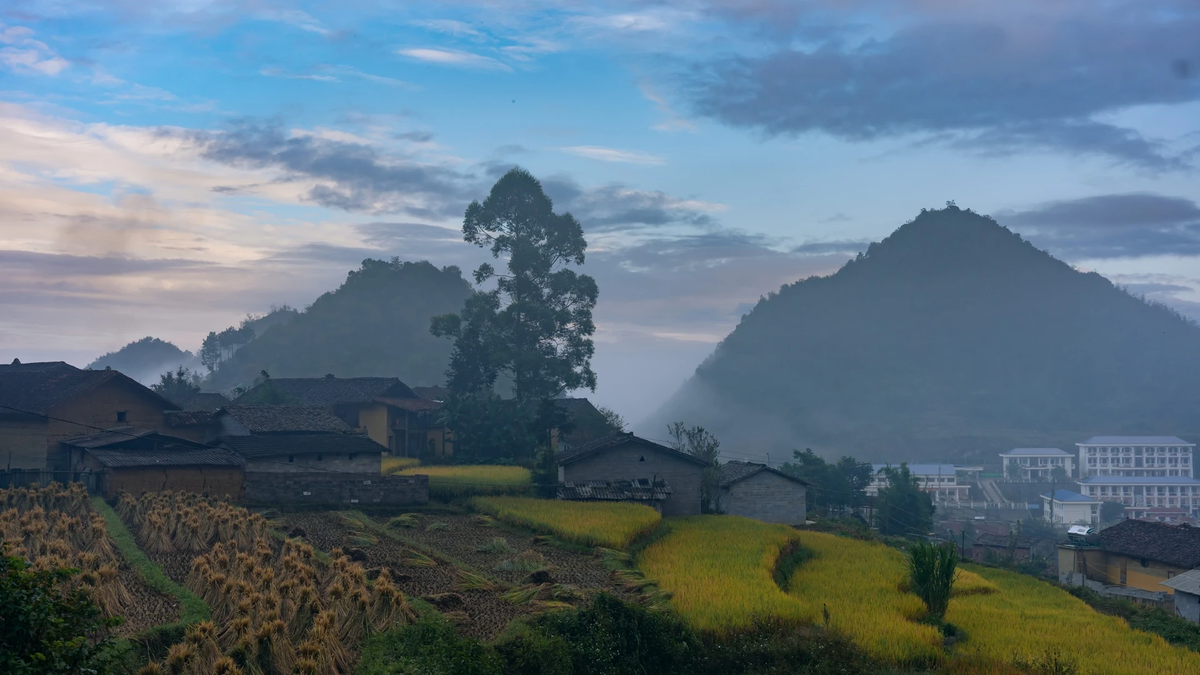

![[Photo] Prime Minister Pham Minh Chinh chairs meeting on railway projects](https://vphoto.vietnam.vn/thumb/1200x675/vietnam/resource/IMAGE/2025/10/23/1761206277171_dsc-9703-jpg.webp)

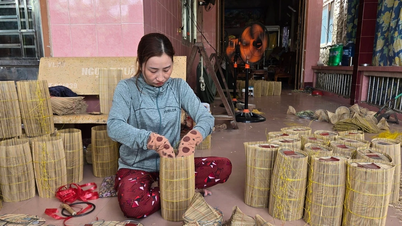

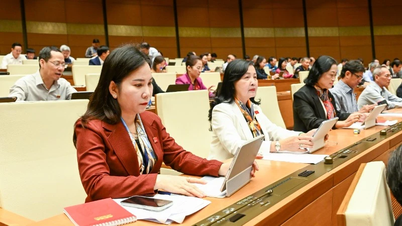
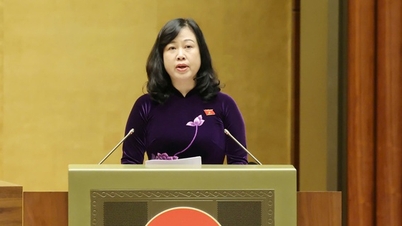

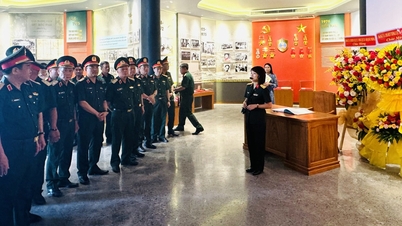








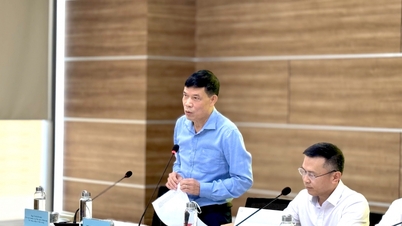
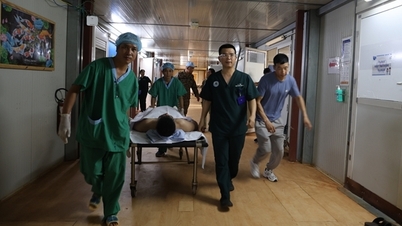
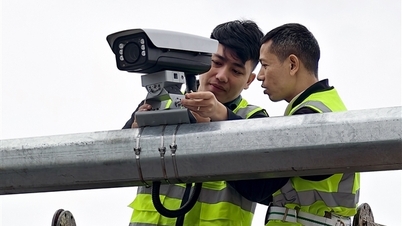
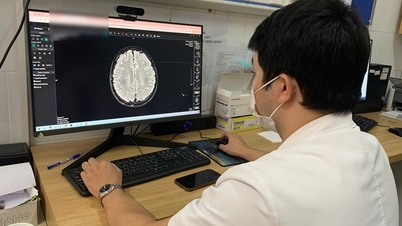













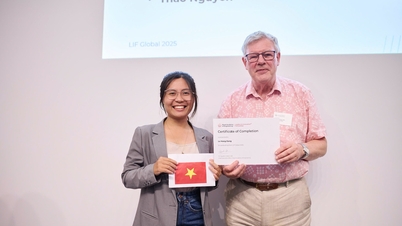



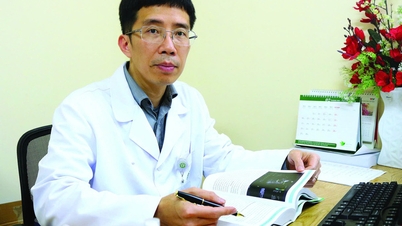

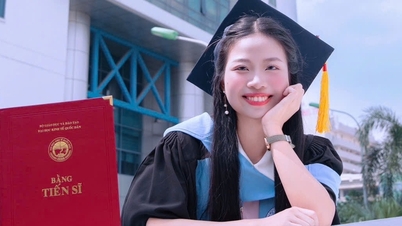

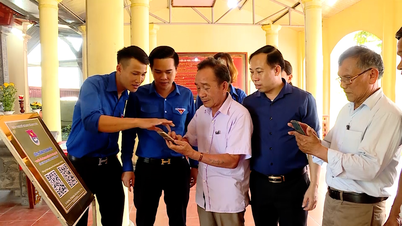


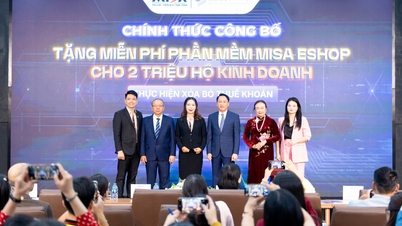



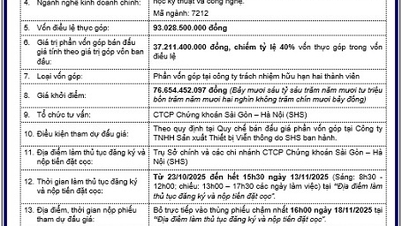
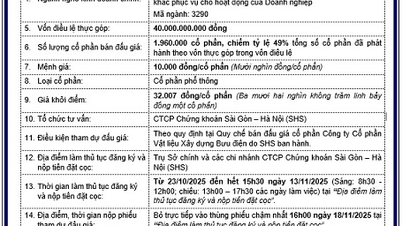














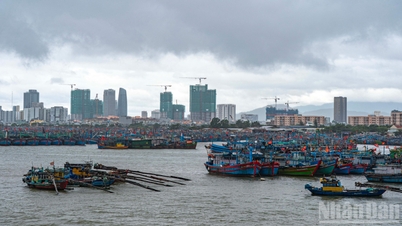
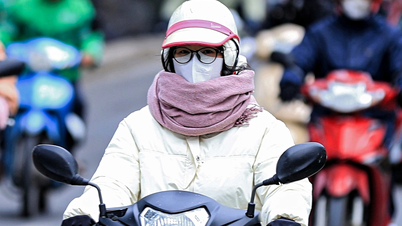

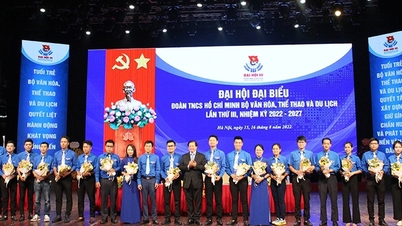


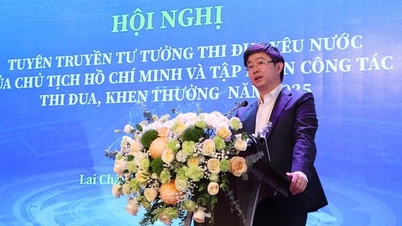


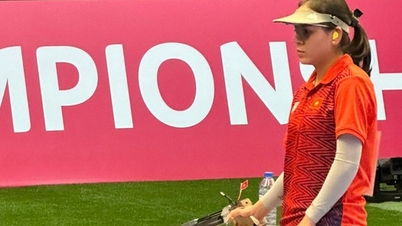

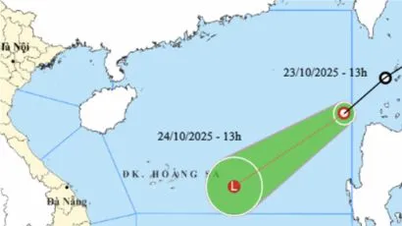


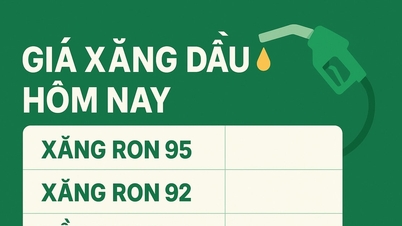

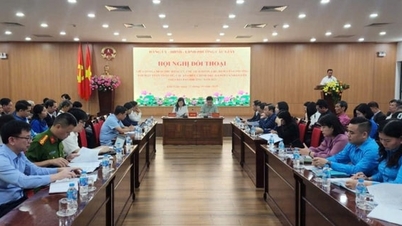
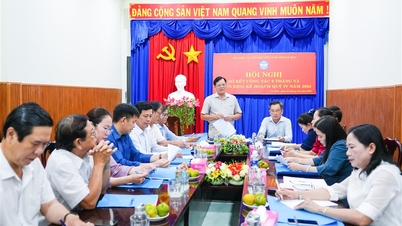
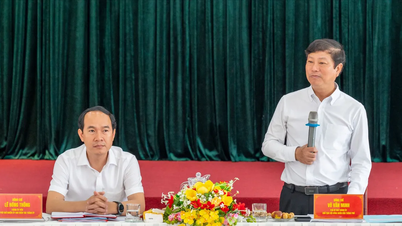











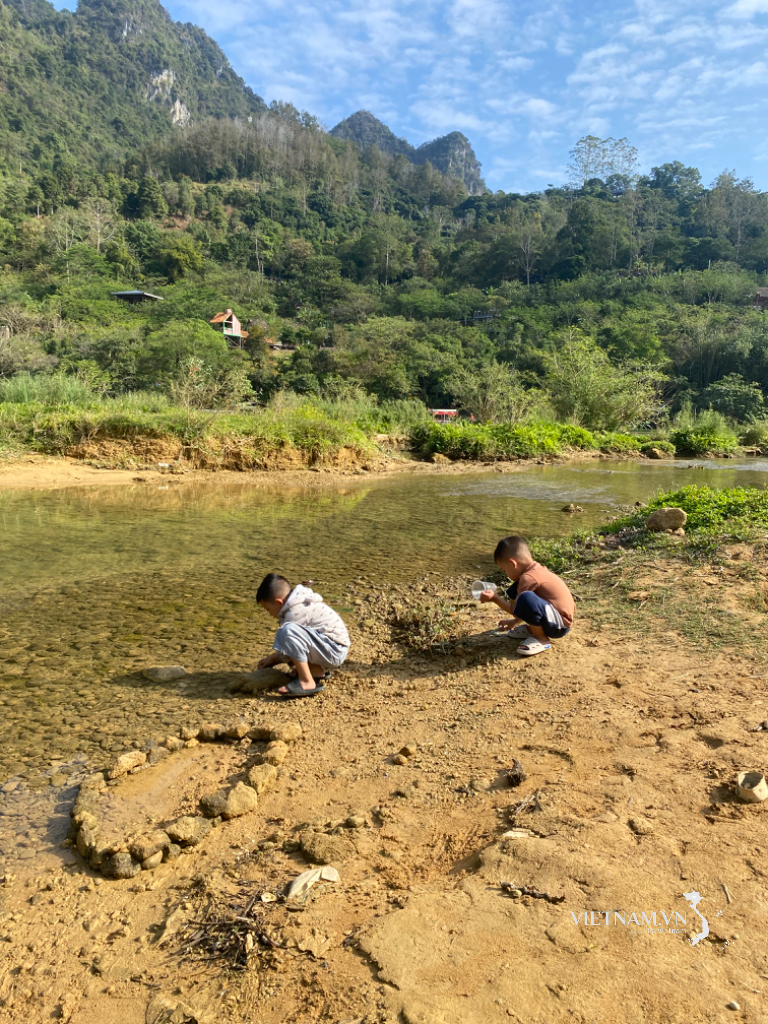



Comment (0)